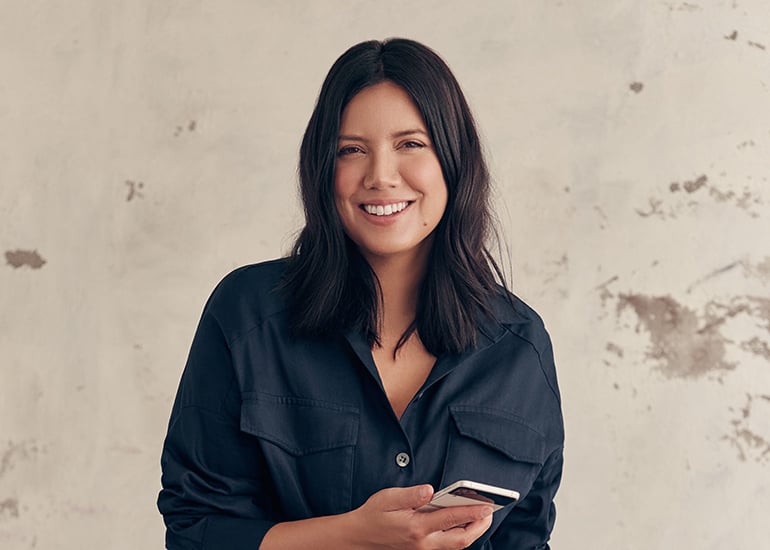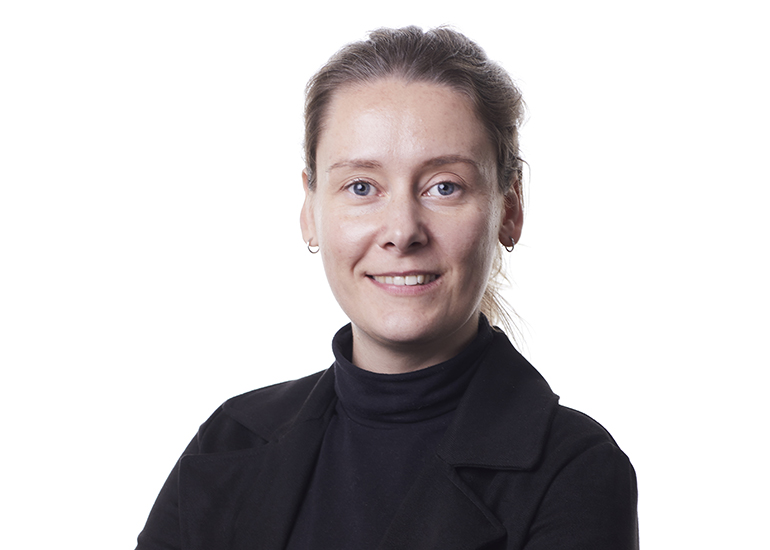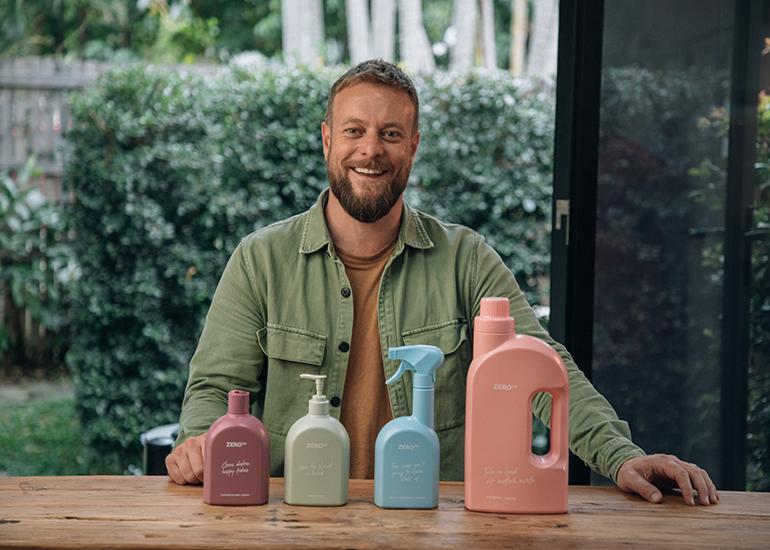

From revenue to raising capital: 3 startup founders' best learnings
source link: https://www.startupdaily.net/partner-content/revenue-to-raising-capital/
Go to the source link to view the article. You can view the picture content, updated content and better typesetting reading experience. If the link is broken, please click the button below to view the snapshot at that time.
News » Partner Content » From revenue to raising: 3 startup founders share what you need to know
FundingFrom revenue to raising: 3 startup founders share what you need to know
Bron Maxabella - June 30, 2022 6 MIN READ

No matter how great your startup idea is, if you can’t fund it, you can’t build it. With that in mind, we asked three startup founders for their most game-changing revenue raising moves.
Whether you’re bootstrapping or capital raising, you need to hit certain money milestones to successfully grow your startup and scale it into something bigger. That means, many great ideas never get off the ground at all.
“Whether you like it or not, investors will judge you on those early unit economics,” says Julie Stevanja, who co-founded cult activewear brand Stylerunner and is now growing her SaaS platform and consumer app Her Black Book.
“We had a BDM [business development] person very early on, out there knocking on doors, hitting up brands and trying to drive revenue straight away. So it can be extrapolated for those investors who think, OK, well, if you do reach 100,000 users, a million users… what is that going to look like? So now we have some data to back that up.”
It’s clear that the earlier you can nail your revenue strategy, the better. This was a key area explored at Startup Daily’s recent webinar, Money Milestones: Founders on getting their first $10k, $500k and $1M in revenue webinar, in partnership with SAP Concur.
Julie spoke on the panel alongside COO and co-founder of investment app Unhedged, Saskia Albers and Mike Smith, founder of eco-friendly personal and home cleaning brand Zero Co. Their insights into managing your model, strategy, raise and general business costs are invaluable.
How to come up with a revenue model
Customer-first
The business model for Unhedged is based on giving retail customers access to the same tools offered to a sophisticated investor. Their revenue model is therefore based on two types of percentage-based fees – a base fee and a success fee. That way, fees were fair for both retail and larger investors and the success fee only kicked in if Unhedged outperformed their benchmark.
“If you compare to any other providers out there, success fee for retail doesn’t exist,” says Saskia. “And other robo advisers have a fixed [base] fee, and we didn’t want to do that… our ambition is to actually reduce the base fee more and more over time.”

Saskia Albers says Unhedged believes that equal wealth opportunities should be out there for everyone. Image source: Supplied.
Zero Co are also a customer-first business who have recently expanded their revenue streams. They started as an entirely direct-to-consumer business to keep costs down and work out whether the closed-loop cost structure they envisioned would work out.
“Our business model has a reverse logistics component to it,” explains Mike. “It’s a truly closed-loop model [where we] take packaging back from customers, we clean it, we refill it and we send it back out again. [This means] our cost structure is fundamentally different to most of our competitors… which is why we decided to launch the business online to begin with. So we could go direct to customer, cut out the middleman and be able to have the additional margin, which enable[s] us to cover the costs of those cleaning processes.”
Zero Co have recently started to investigate the option of supplying wholesale to pharmacies, supermarkets and health food stores, something that will require daily monitoring of both their price points and cost structure.
Premium level
An alternative way to maintain or increase revenue margins is demonstrated by Her Black Book. They have a premium subscription tier that’s been deliberately priced reasonably low with immediate value to encourage uptake.
“Someone is going to pay [the premium] if there is a deal in the members area they want [and] the value they’re going to get is immediate,” says Julie. “[For example], ‘I’m going to get my extra 20 per cent off this brand’. So we’re actually going to explore doing away with the seven-day free trial.”
Julie believes that if you’re going to have this kind of premium membership offering, it’s easier to introduce it right from the beginning – rather than risking your customer perceive they now have to pay for something they used to get for free.

Mike Smith founded Zero Co with the single mission to ditch single-use plastics from the home. Image source: Supplied.
Managing expenses and costs
Keeping costs under control is a key area founders are thinking about with the uncertainty of the current market.
Mike says it’s absolutely key to their operations to ensure “the money that we have invested gives us the longest possible runway to get the business into a really good position”.
Julie agrees that everyone needs to be conscious of cash burn in the current market. Her biggest expense is technology and investing in the development of the Her Black Book app.
However, she says one area you should never cut back on is marketing. Investors (and customers) are still going to be looking for growth opportunities and marketing is where you can prove the scalability of your startup model.
For a little extra insight into how founders should approach expenses, we asked Fabian Calle, managing director small and medium businesses at SAP Concur Australia and New Zealand, which provides automated expense, invoice and travel solutions to many startups.
“While each business will have its own individual spend areas, depending on size, industry and many competing factors, one thing is for certain; every business should be in growth mode,” Fabian tells Startup Daily. “The challenges placed on businesses during COVID forced a survival mentality, and rightfully so, but we need to be thinking differently now.
“Yes, marketing your business is critical but I also feel there needs to be a focus on innovation. While some companies may have unique offerings, failing to innovate could see a rapid loss to rivals who do.”
It’s certainly the case with the innovators on our Money Milestones panel. Fabian adds that a growing area to keep an eye on, expense wise, happens to be something we couldn’t do for a while: travel.
“Travel is something that many businesses have not needed to truly concern themselves with over the last couple of years,” he says. “What’s happening now is that travel has changed, especially the costs. So, whether you’re managing pricier travel or are just getting hit harder with business expenses right now, you can keep these under control with real-time data tools like those we provide.”
Putting community into raising capital
Crowdfunding
For Zero Co, going the crowdfunded route was a no-brainer. The company was launched as a people-powered solution to the problem of plastic, so building a community from day one made sense.
“We launched a Kickstarter campaign in the back end of 2019, which was the ended up being the biggest Kickstarter campaign of that year,” says Mike. “We then went on to break the Australian or set the Australian equity crowdfund record.”
Similarly, Unhedged went the crowdfunding route and used the experience to both raise capital and also sound out their future customer base. Saskia says it was like a “smoke test” that proved the business idea would work.
Customer shareholders
Zero Co took crowdfunding one step further. Once they had traction, they offered their most loyal customers an opportunity to invest in the business. They had 3000 customers become shareholders and they raised the maximum legal limit of $5 million in around six hours, an experience Mike describes as “pretty wild”.
It’s little wonder that when Zero Co went down the VC path to raise the rest of the capital they needed, it was a relatively easy process. “[We were] able to bring in a number of high net worths and a couple of big VCs as well, which was incredible,” says Mike.
VC opportunities
Similarly, for Her Black Book, a large investor came about “unexpectedly” when Julia’s sister and co-founder Sally got talking to a colleague in the investment space. The candid conversation turned into an impromptu early round after Her Black Book invited five other parties to join the enthusiastic investor at the table. It was something the company leapt on because, as Julie puts it, “it depends on your appetite for full risk versus dilution. We don’t regret the decision.”
Mike is quick to point out that the days of “a lot of money sloshing around” to invest in startups may be coming to an end. The mindset of “growth at all costs” has shifted to one of caution and lower-valuation.
His advice: “Make sure that you’re working on the underlying fundamentals of the business, make sure the unit economics make sense and make sure that there is a path to profitability.”
Crucially, Mike says if you don’t have the capital, you can still acquire customers at scale. His experience says it all: At the beginning of Zero Co’s launch, the team gathered a lifetime supply of single-use plastic bottles and put them in a giant fishing net. Mike managed to convince Malcolm Turnbull to kayak across Sydney Harbour with the net full of plastic in tow.
The stunt cost a couple of thousand dollars to do, but the media and social media coverage meant they reached hundreds of thousands of potential customers.
“If you get your old school hustle on and come up with some awesome ideas that are gonna get people talking and get you earned media, you can totally go and turn one customer into a thousand customers very quickly,” he concludes.
Want to hear more? Register below to watch our free Money Milestones: Founders on getting their first $10k, $500k and $1M in revenue webinar:
Find out how SAP Concur’s automated travel and expense management solutions can help you keep your business costs under control here.
This article is brought to you by Startup Daily in partnership with SAP Concur.
Recommend
About Joyk
Aggregate valuable and interesting links.
Joyk means Joy of geeK